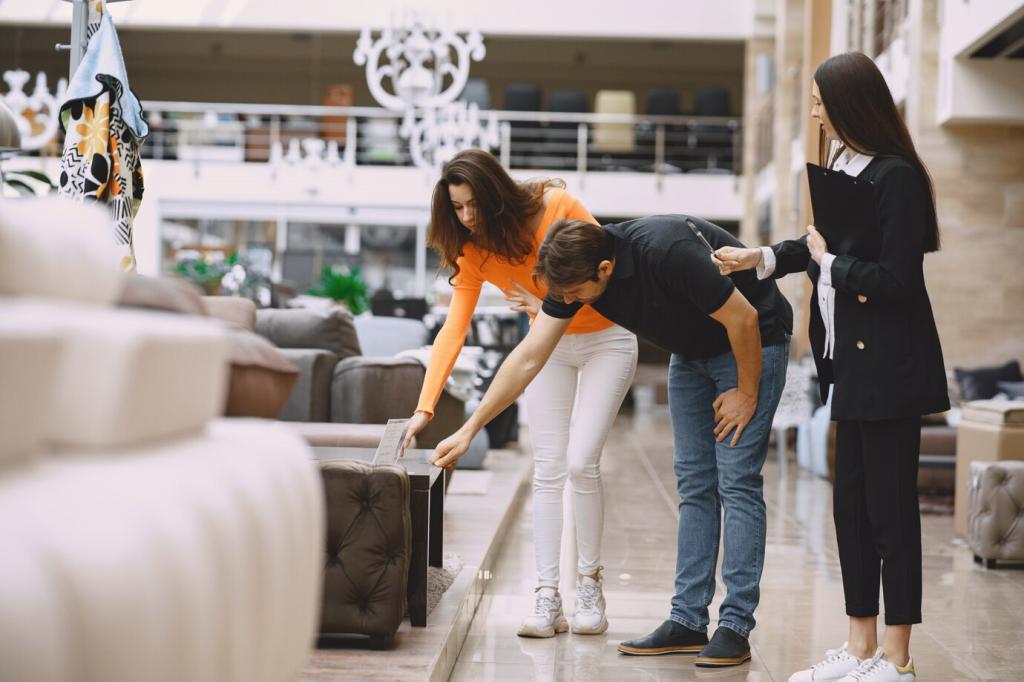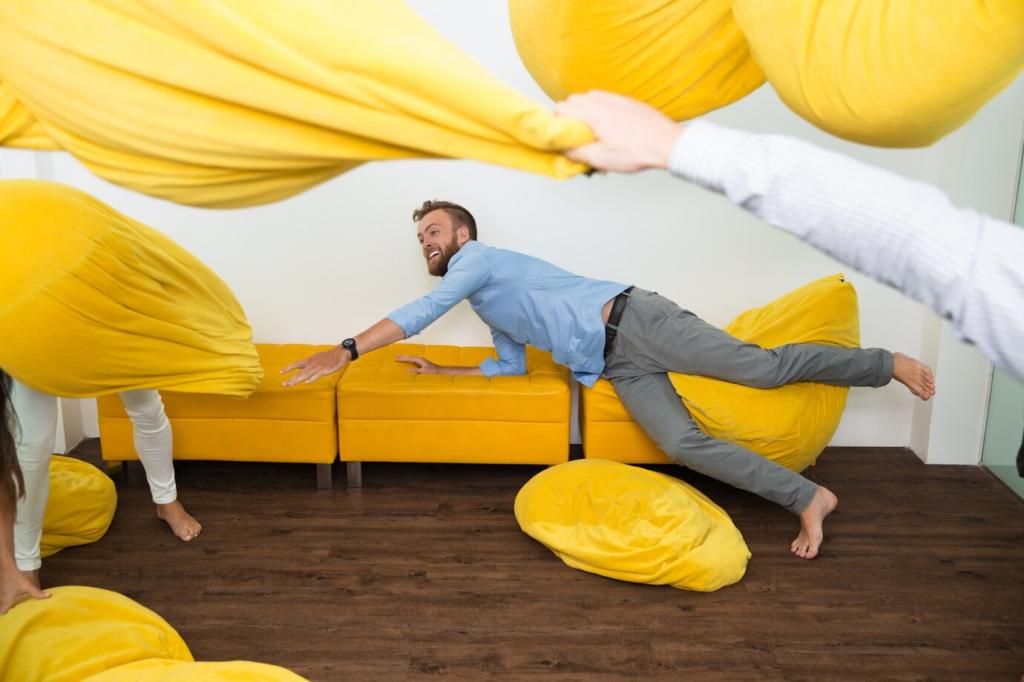Leather Lore: Conditioning, Cleaning, Longevity
Kitchen oils oxidize, darken unevenly, and can go rancid inside the hide, causing long-term damage and odors. Instead, dust routinely with a dry cloth and use a leather-specific conditioner sparingly. Have a piece that darkened after a DIY fix? Tell us about it and we’ll suggest a rescue plan.
Leather Lore: Conditioning, Cleaning, Longevity
Leather prefers gentle, pH-balanced cleansers and light conditioning a few times a year. Keep pieces out of direct sun and away from radiators to prevent drying and color loss. Rotate cushions, and use blinds or UV films on bright windows. Subscribe for our seasonal leather care checklist.




